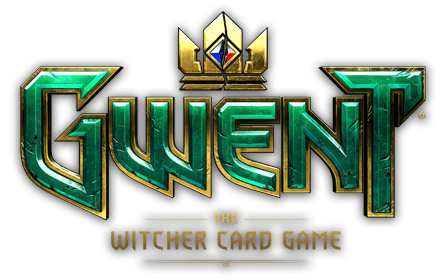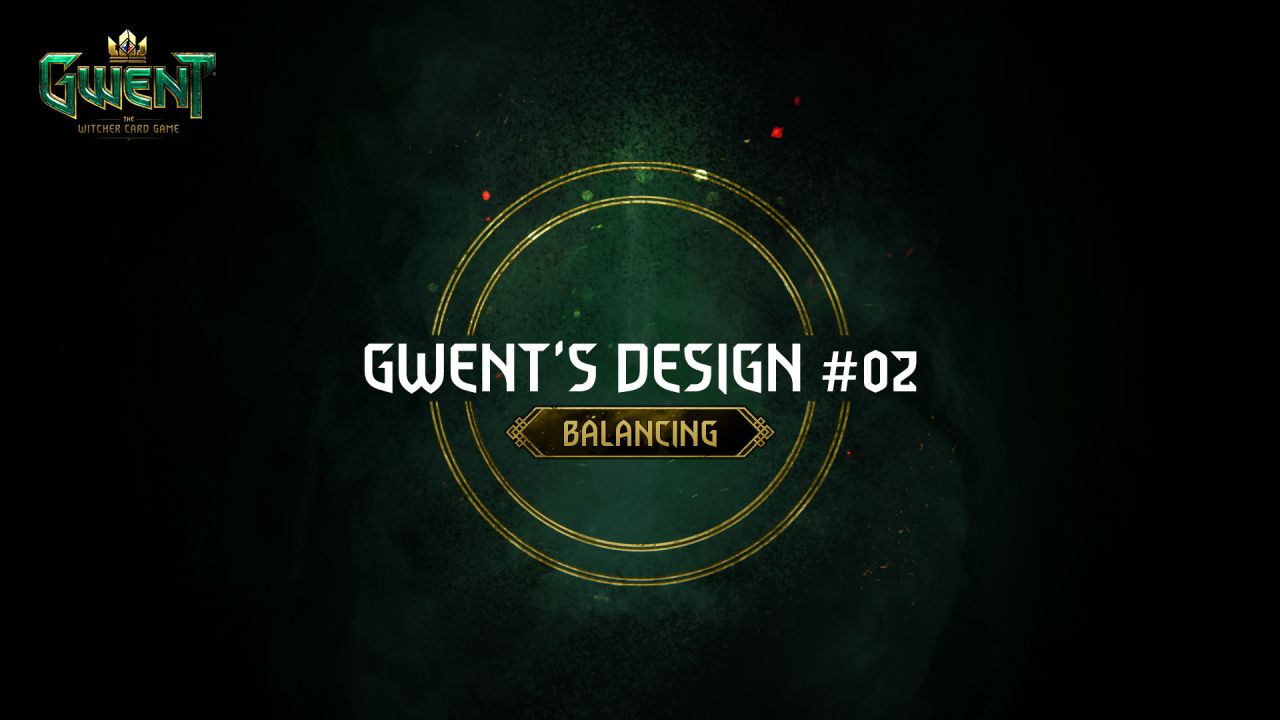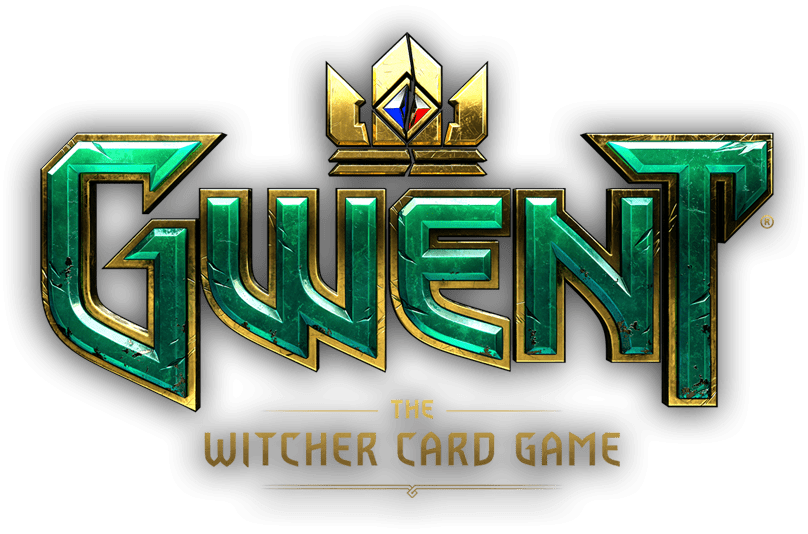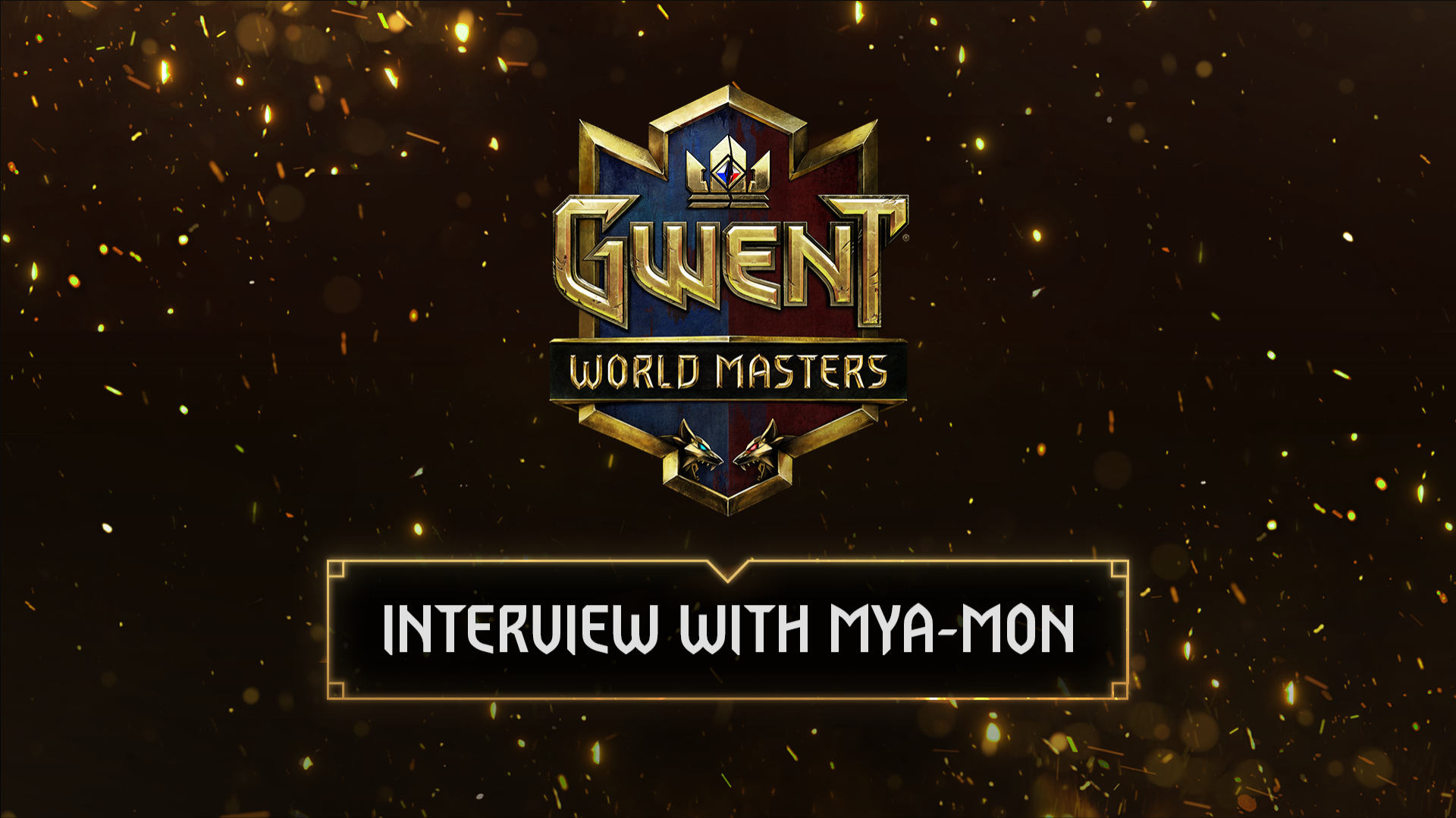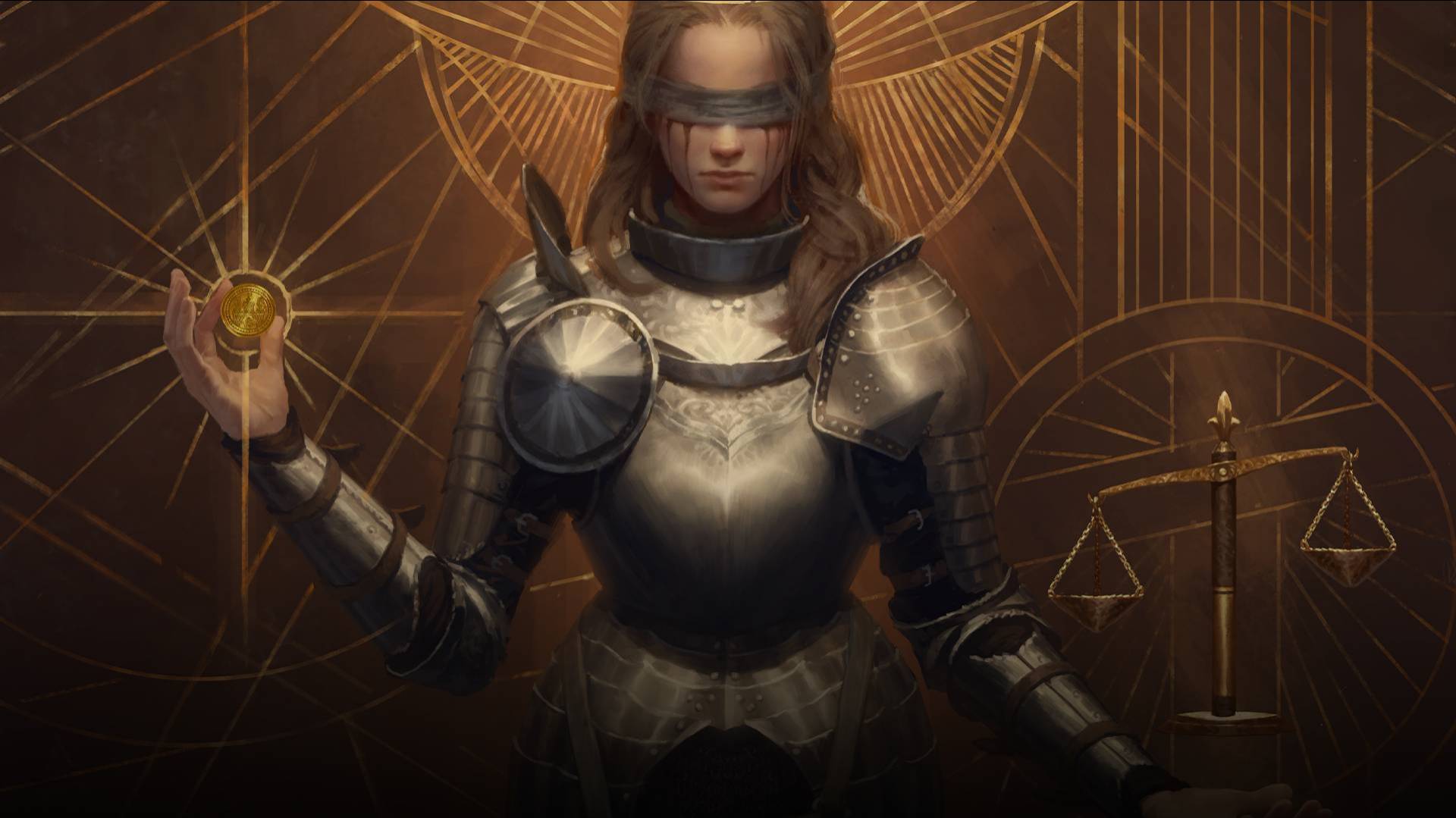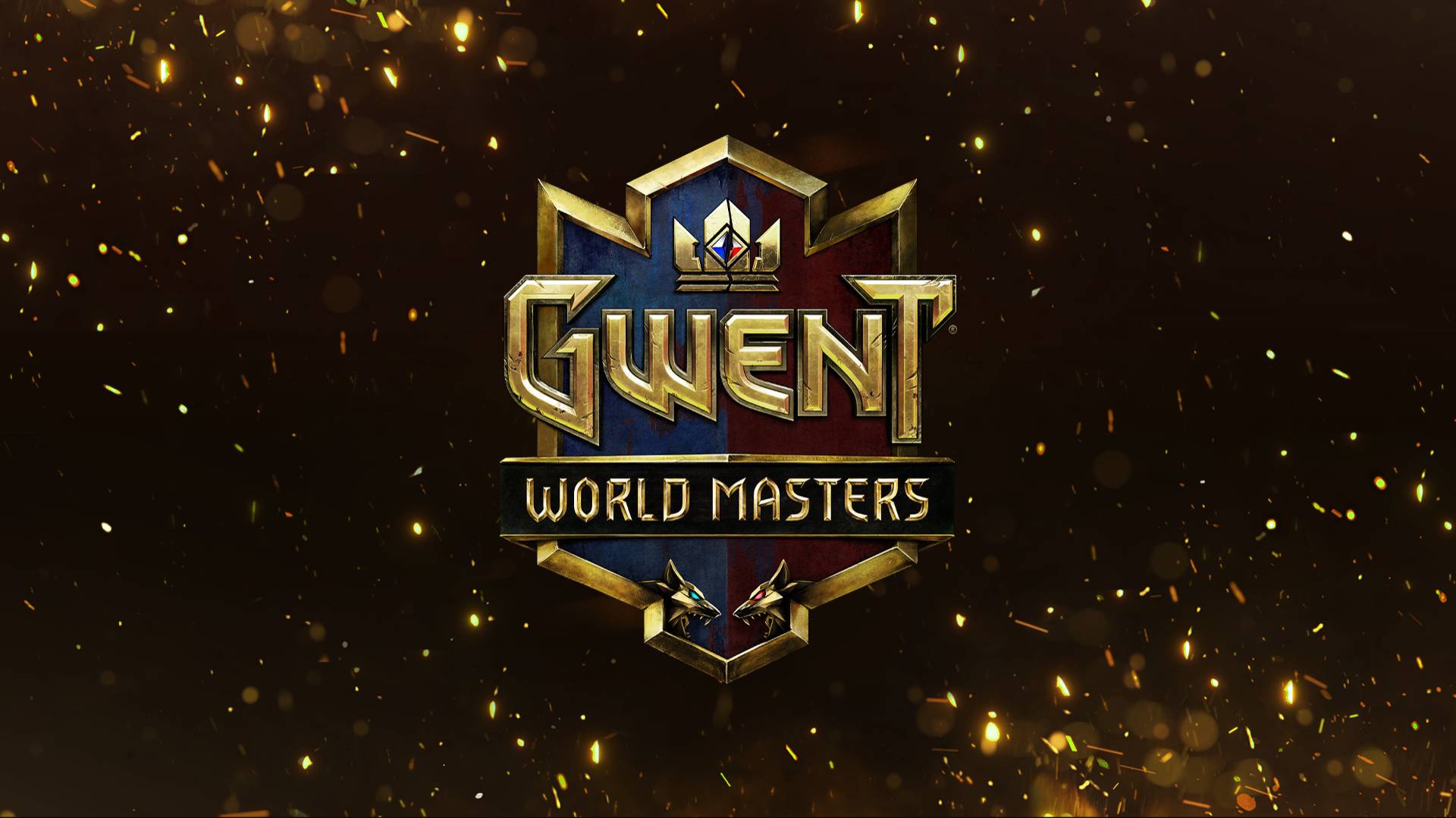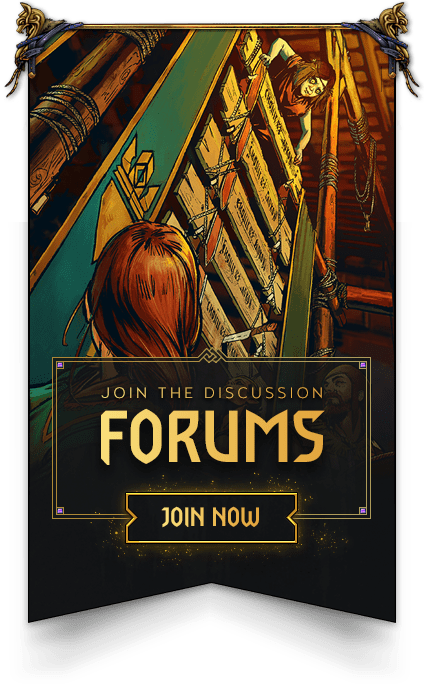Welcome to our article series on the Design of GWENT. Regularly, we’ll dive into the big concepts that make GWENT, design philosophies and other appropriate topics. We encourage you to reach out on topics you would like to see being dissected in this column!
From the beginning of GWENT, one of its key differences with the competition has been its willingness to do balance patches and evolve its mechanics. Today let’s delve into these monthly installments that rhythm the life of the game and of the community, why and how they’re made.
First of all, we need to go on a tangent and talk about “metagame”. You might have heard of “META” as an acronym for “Most Efficient Tactics Available”. While a sweet explanation, it’s actually a case of backronym. Instead, metagame is formed with the prefix “meta”, of the Greek “beyond”. “Metagame interactions” for instance are interactions with your opponent that take place outside of the explicit rules of the game, like thrash talking to disturb your opponent or in GWENT when you emote with only one card in hand in hope that your opponent will forfeit as that last card otherwise wouldn’t be enough.
But more often, metagame used alone refers to the way a game is played at a specific time and in a specific community. The first part is obvious enough, with time the way a game is played changes as people find new strategies, get better or adapt to previous strategies, even if the game itself doesn’t change.
For the second, imagine you’re playing a physical card game and you’re going every week to your local shop to play. There, there are 10 to 20 regular players. Out of these, more than half are casual players drawn to flashy strategies, a quarter are competitive players and the rest is made of experimenters and people that want to make a specific deck work at all cost. Now you could play an “optimal” deck derived from discussions on the internet over the last international tournaments, but you would only get the best results if you adapted to the specific environment you find yourself in. Like bringing a wide deck on purpose because Johnny has an unhealthy love for Geralt of Rivia and other tall removals. Playing a “suboptimal” strategy because it’s actually the one that brings the best results in the situation you find yourself in is what Frank Lantz calls the “Donkey Space” coincidently.
Thing is, while the scaling up and absence of boundaries that the Internet offers (especially when automatic matchmaking is available) does tend to smoothen the effect for digital games, this effect still exists. One of the best examples of it has been the first international tournaments for League of Legends. Due to playing on different servers, the European and American communities had developed very different metagames with different roles spread and different champions being favored. The results of these initial clashes resulted in the European way prevailing which eventually led to a harmonization of standards between the regions. Still what is greatly interesting is how two communities which shared languages (English) and even places of discussion (Reddit, the game’s forum, etc…) were able to diverge so much in the way they played the game in the first place.
Another example is the way the neural network artificial intelligence OpenAI plays DotA: far from the classic moba metagame of having different roles with different priority regarding income, it played in a fluid objective centric manner, spreading coins evenly between the different players so that everyone would be efficient in fights. While these results are mitigated by the amazing coordination of the AI and developmental bias that may prevent metagame like the one played by the players from appearing due to the huge evolutionary steps it would require, it still raises the question: since it’s winning, is the AI playing the game the proper way? After all, the tendency of Starcraft II’s neuronal network AI AlphaStar to overload its bases with workers (to make them more resilient to attacks at the cost of a decreasing efficiency) made its way into players' playbooks.
What I want to highlight here is a crucial element of metagames: they are up to players’ subjectivity. A metagame is made of players' perceptions, a mish mash of influences from what they’re playing against, the community they partake in, the players they are influenced by, what they love playing, etc… The objective state of the game has of course an influence on it, but a metagame will always be at most an interpretation of how to best play the game. Populations over the Internet are also more split than one would expect. Different ranks, different time zones and different habits heavily affect the population of players you might run into by queuing up. As for opinions on the game, language barriers but also even the streamers one might watch or the discussion places one might go to also have huge influences. Meta reports are a good example, decklists and opinions vary even though the players making them are of relatively similar communities.
This long introduction leads me to the “why”: the point of making balance patches is to make the game more enjoyable. To this, balance is a means, but not an end.
Typically the easiest way to bring balance is through symmetry: if all players have access to the same options at all time, there’s no concern for balance. However, the popularity of asymmetrical gameplay proves the interest there is in exploring different options and the replayability it provides, albeit to the cost of having to attempt balance on an ever so tilting ground.
Another point is that balance does not necessarily give information about the gameplay. Picture a meta with three decks in an absolute Rock-Paper-Scissors relationship. While the game would be balanced from the perspective of the average win chances, gameplay would be pretty unsatisfying if you knew with absolute certainty from the start of the match if you would win or lose. Instead, we have to try to reduce the polarity in all matchups so that every match feels “fair” to a reasonable degree, although covering all cases can be very hard. And even in a fair match, it’s not guaranteed for the gameplay to feel fulfilling. Winning can feel unsatisfying if you felt like you didn’t have a say in how the match went, just like losing can still feel good in a tense match. This is typically the kind of problem some players had with the old Viper Witcher Alchemist (or rather its accessibility in Gorthur Gvaed), as the card wasn’t necessarily strong on average but could feel quite frustrating for them.
As so, more often than not players' perception and how changes may affect it is actually what we’re really concerned about. For example, say there was a game with a deeply overpowered option apparent through data but which the community perceived as underpowered. Nerfing it would probably come at the surprise and disbelief of said community. In fact, we often see discrepancies between our data and what players might perceive as strong and weak, though the topic of the usage of data in balancing is complex and would deserve its own article.
The choice of doing balancing isn’t even obvious by itself. If developers step in every time a community isn’t happy about something it might lead to the community being less willing to adapt and find answers to the state the game finds itself in. Sometimes giving time to something is enough to see its impact and perception change as new strategies are found and a better understanding is reached (one of our most famous blunders in that regard was the buff to Viper Witcher Mentor in 8.2 which, due to the inherent delay between the patch being locked and delivered, arrived 10 days after the deck had finally been figured out).
The desire for less frequent balance patches isn’t a rare opinion among players, especially in the community of fighting games where balance patches are historically very spread apart and can have devastating consequences in the way a character feels or must be played. There are of course differences between fighting games and card games. In general, a good rule of thumb is that the more player agency the game offers (meaning the more the outcome of the game can vary depending on the player's decisions), the more players are able to adapt and as such the more time they should be left with to explore the game’s balance.
More generally, a game changing too fast can be overwhelming for players while a game changing too slowly can be boring. And of course, this perception of fast and slow is completely different from one player to another, making it a difficult balance to strike.
Which leads me to my next topic: communities are not single blocs. In the same community, wildly opposing opinions are usually expressed making it hard for developers to distinguish a unique “truth” (because it usually doesn’t exist and things are always more subtle). Even when there seems to be consensus in the community, it can be hard to measure how much of the community actually agrees with that opinion. It’s no secret that people tend to be more vocal when they are dissatisfied, so while complaints about a specific thing might represent the community’s views to a degree and even influence the perception of other members of the community, there usually exist people which believe that same thing to be fine but don’t feel the need to express it. Quite often, addressing a balance complaint tends to make the opposite opinion appear, with players being dissatisfied that what they were playing and enjoying was changed.
Which raises the question, if a deck or a faction is despised by a part of the community (hello Nilfgaard!) but loved by another part, should it be addressed? Sometimes the answer is obvious, an overpowered card might be fun to play but everyone can agree it makes the game overall worse. But it can be a pretty tough call to make in other situations, especially as the approach of maximizing happiness can just end up having everyone be mildly dissatisfied as it's sometimes discussed in philosophy.
When you’re annoyed at a specific deck or strategy, it’s important to remember there probably also are players that enjoy playing it. This is why our nerfing approach tries to be non-destructive: not only a nerf will always make some people unhappy, but if the deck ends up disappearing we’ve also hurt the game’s diversity.
We don’t always manage to achieve this however, especially as we tend to suffer from “nerf bias”. Changes are perceived more strongly than the actual state of things, so a card that received an important nerf can be abandoned even though it might still be quite good (League of Legends even had cases of announcing a nerf to a character, forgetting to include it and then observing the character’s play rate and win rate go down nonetheless). It can then take a while before players start experimenting again with it and “rediscovering” it, for instance, Viy disappeared after the 8.2 nerfs but ended resurfacing for a bit 2 months later.
The opposite can also happen interestingly. Nerf perceived as ineffective tends to be disregarded and not affect a card playrate even though the win rate does suffer. Provision changes are a good example of this: while a card becoming more expensive tends to be brushed off as “just needing to downgrade a bronze card”, it does mean the deck is weakened in some scenarios. In the long run, it amounts to a loss of a few percentage points, which in an environment where it only takes about 5 or 6 percentage points above 50 for a card to be considered very good can mean a lot. But these are just statistics and it doesn’t do much to the player’s perception.
At the same time, we’ve had a lot of past examples of singular provision changes having massive impacts: Maxii Van Dekkar’s buff in 8.2 had the card go from being considered as something that would never work to an icon of competitive decks, Eist Tuirseach’s nerf in 9.0 led to a disappearance of Warrior decks, etc…
Jackpot is also an interesting case. Following its rework in 9.0, it was at 16 provision and dominated the faction. A 1 provision nerf in 9.1 impacted it but still left it dominant, and it pretty much disappeared after a 2 provision nerf in 9.2… Only to resurface in 9.4 following the nerf to Tunnel Drill and eventually took over the faction again. Since Price of Power had a pretty quiet impact on Syndicate at the time, it goes to show how much the perception around this leader ability evolved. It also raises the question, if it had been released at 13 or even 12 provisions right away, would it have been tried?
Trying to predict the effect of changes in a massively interconnected system is already a hard task, but accounting for players’ perception makes the entire thing an even tighter fit.
If small nerfs can easily trigger massive perception shifts, we’ve learned that buffs tend to be the exact opposite. When nerfing a deck, players usually have an idea of how strong it is since it's played and as such it is possible to project oneself on the impact of the nerf. But since buffs usually happen on non or underplayed archetypes, the current state is way more unknown. Figuring if some cards are worth playing after a buff requires time and dedication so it’s understandable that most players won’t bother if the buffs don't feel impactful to them.
This is the reason behind our recent orientation toward delivering buffs as archetype focus. This way of working allows us to deliver more ambitious changes, but most importantly grouping these buffs and changes in this way makes them feel more exciting to try and experiment with, giving them a novelty factor. This leads to a decent portion of the player base trying the focused archetypes. And even if they end up feeling too weak in the long run, they still got on everyone's radar and provided us with great information to further improve their state in the future. This approach does however sometimes lead us to delay deserved buffs to instead deliver them at a time where we feel like they’ll be the most exciting and be the most impactful.
To finish this article on balancing and players’ perception, I find it important to remember that accounting for players’ perception doesn’t necessarily mean that the community is “right”. Over the course of the article I’ve shown multiple examples of how a community's perception of a game might be biased, but here I want to talk about a broader design principle: users are very good at identifying how they feel, but often misidentify why and give undesirable solutions. And it’s quite understandable, these kinds of analyses are complex and we also don’t always get them right, hence the importance of self-doubt in design.
Probably one of the most famous examples of that principle in video games was how the Thompson from the allied side in Wolfenstein: Enemy Territory was considered better than its equivalent from the axis and should be nerfed, even though the game was actually symmetrical. It even was backed by data, with players performing better with it. Developers ended up identifying the beefier sound effect of the Thompson as part of the problem. It made the weapon feel stronger which led to players playing more confidently in turn giving them better performances. Tuning the sound effects mostly resolved the issue.
Like so, in GWENT we often see suggestions that are inadequate at solving the issue at hand or create more issues by themselves. For instance, following Milva: Sharpshooter release in 9.6, a common suggestion was to lock her behind Devotion. This presented multiple problems as it only answered some of the decks in which the card was ran (and not necessarily the strongest), heavily restricted the diversity of decks in which the card could be played (which wasn’t what we desired for it) and wouldn’t address the perception when faced against it as the Devotion condition tends to be disregarded by players (a topic we’ll explore another day).
Another example is suggestions such as giving better control tools to Wild Hunt, Dwarfs or Congregate, or giving all factions a Purify, etc... While these might indeed help archetypes in the short term, we believe that it is very important to preserve factions/archetypes identity by giving different weaknesses and ways they’re played, balanced through proper strengths of course. Historically we haven’t been the greatest at it, older designs often used patterns across factions which gave them all access to similar tools, but it’s something we’ve been working on as we believe the game is more interesting with a wide range of deck identities, though it does mean the process of properly building an archetype gets more difficult and can require us to rethink its identity multiple times.
These, along with the design principles developed in this article explain why we don’t always take the direct route to balance a card. Surrounded by diverse and conflicting opinions, we have to identify when (and how) we should make changes, and when we should believe in our opinions, with the objective of having the game be the best it can be.
